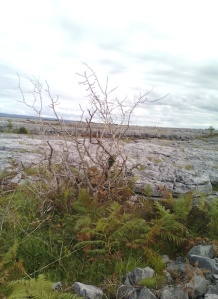Connaught Journal – 26th March, 1840

Photo: National Archives
YORK v the Galway Harbour Commissioners
This was an action instituted by the plaintiff against the defendants in their corporate capacity, to recover compensation for the value of his sloop and boats, which he alleged were damaged during the night of the memorable storm in January 1839, by the falling portions of the old quay walls. The
plaintiff endeavoured to sustain the action on the ground that the injury arose from the dilapidated state of those walls and it was the duty of the Commissioners to keep same in proper repair. After the plaintiff’s case had closed the defendant’s counsel called for a non-suit that, on the ground that the action could not under the act incorporating the Commissioners be maintained against them, and secondly, admitting that it was otherwise maintainable, that it should have been proved that there was a sufficient fund in the hands of the commissioners to enable them to keep the old quays in a substantial state of repair.
After a lengthened argument on the subject, ably supported by Counsel on each side, the court ruled in favour of the defendants objections, and accordingly non-suited the Plaintiff.
Counsel for the Plaintiff, John Beatty WEST, Q.C., Gerald Fitzbibbon, and Murrin Burke, Esqrs.; Agent, John M. O’Hara, Esq.-Counsel for the Commissioners, Richard Keating, Q.C., James H. Blake, Q.C., James H. Monaghan, Q.C., and Allan Shoue, Esqrs.-Agents, Messrs. J and J. Blakeney.






